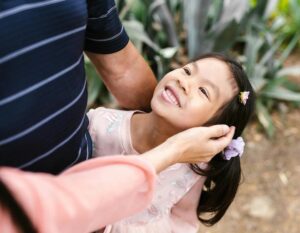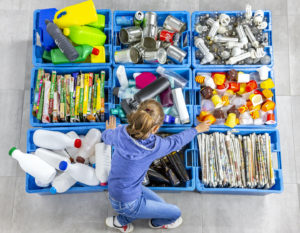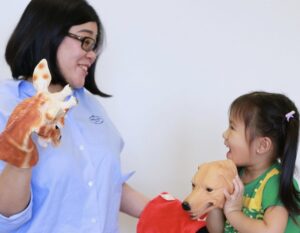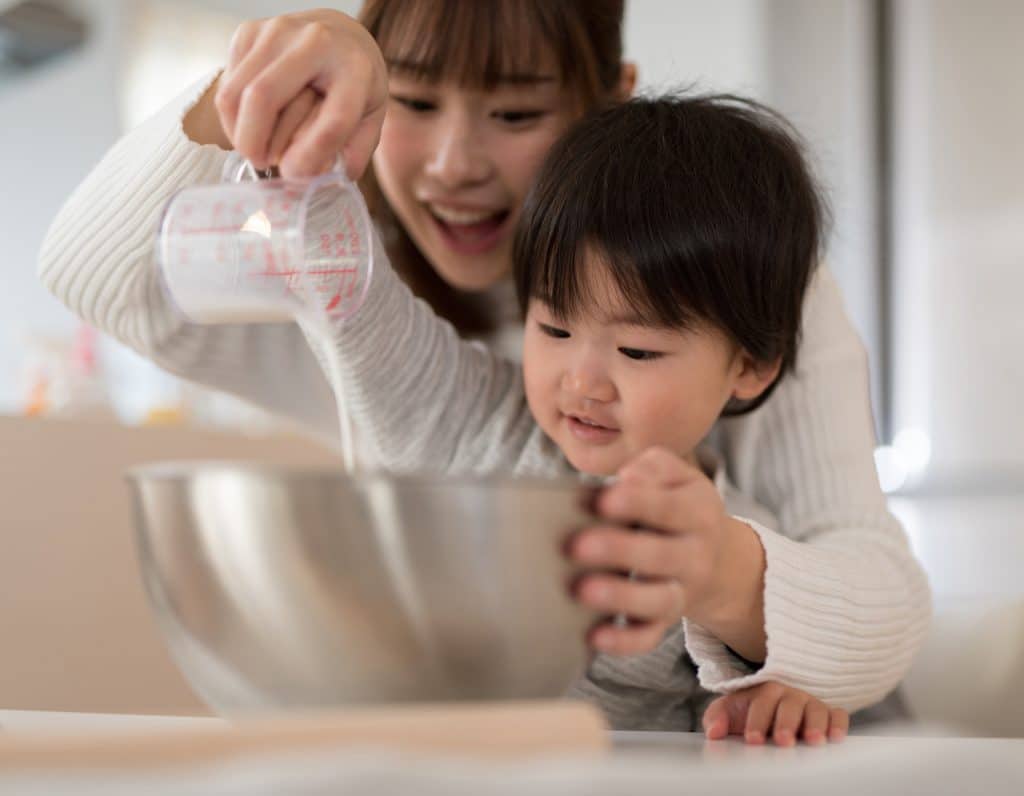
 Post Category - ParentingParenting - Post Category - BabyBaby - Post Category - Toddler & PreschoolerToddler & Preschooler
Post Category - ParentingParenting - Post Category - BabyBaby - Post Category - Toddler & PreschoolerToddler & PreschoolerIndependence begins to flourish around age 4, but children can start learning it from earlier on. And you may be surprised to know that strong attachments can facilitate the process!
Please welcome child development expert Dr. Aletheia Lee of Chapter Zero Singapore, with a fascinating four-part series on age 4 and the science behind your child’s emerging sense of independence. Baffled by your child’s recent behaviour? Here’s how to make sense of it! Click here for Part 1: “When Kids Turn 4 and Step Out for More”!
When children grow in competence, we often picture them leaving that dependent state of infancy behind as they step into the mature realm of independence. This may lead us to view dependency as an immature quality, something we should grow out of. Some of us may think, “My son is clingy and needy. He always wants me to be around. How do I convince him to go and do things on his own?” or “I send my daughter to school so she can be more independent.” Is dependency really a sign of weakness?
No, it isn’t! In fact, as social beings we are designed to be dependent and connected to significant others. Knowing that there is someone we can count on increases our confidence to take risks and engage in new situations or difficult challenges. It is our human nature to stay close and depend on loved ones; even as adults we need close relationships to function well as an individual. Let’s celebrate the strengths of interdependence and how it forms the basis of children’s developing independence.
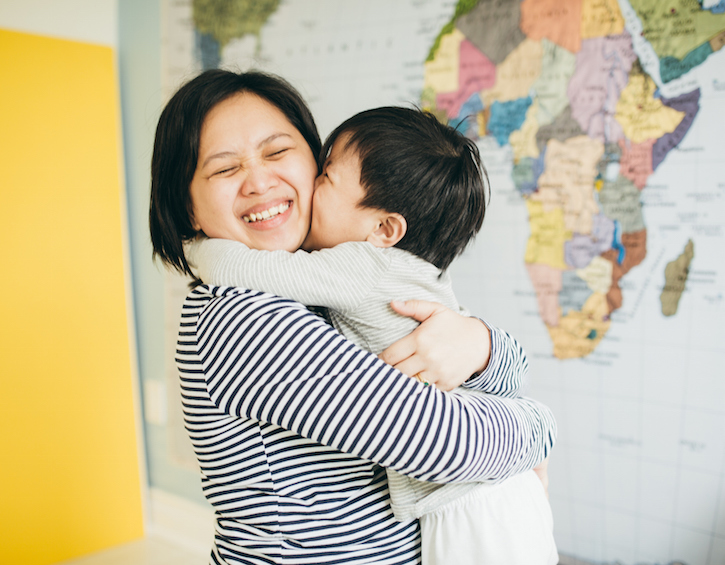
Strength of Security
First is the important role of attachment: the sense of security a child enjoys in the loving presence of the parent, primary caregiver, or specially trusted adult. In the early years, the infant and toddler likes the attachment figure to be physically close by with attention, affection, and a guarantee of safety as they explore and increase knowledge. When children feel safe and supported, they usually turn their attention outward.
According to John Bowlby1,2, this phase of proximal attachment remains in full force at ages 2 and 3, diminishing around age 4. Reduced need for physical proximity, however, does not mean that attachment itself becomes less essential. Rather, something remarkable arises as mental processes blossom:
The fully conscious 4-year-old is increasingly able to hold representations of the significant adult in the mind, like his mama’s voice, her papa’s face. Through this mode of “presence”, the person remains emotionally available, even if not physically present. Put differently, assurance of the child’s secure base shifts from an external to an internal mental presence, producing an inner sense of security. The special bond linking children to their significant adult can therefore stretch over longer distances and time.
We observe signs of this process when 2–3-year-olds verbalise representations of “mama” and “papa” in their absence. (On occasion, the behaviour of saying “mama” out loud is encountered in school or childcare, but misinterpreted as a mistake on the child’s part. The disappointing effect is that adults in those settings respond by saying, “no, she’s not your mama”, instead of “you’re thinking about your mama, you’ll see her later today”.) By the time children reach 4, the mental presence of “mama” sufficiently satisfies emotional needs while they operate on their own.
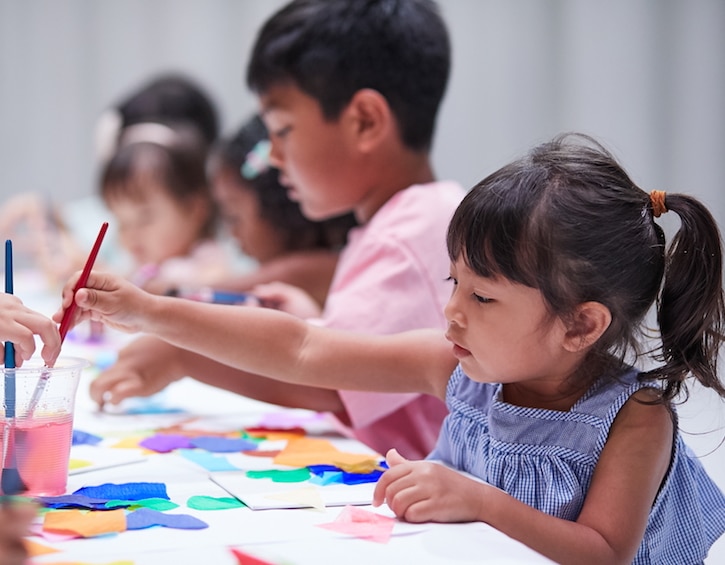
Strength of Trust
Second is the equally essential attitude of trust in young children’s innate capabilities, whether in home or school settings. The adult who believes an infant is utterly helpless will treat the baby very differently from one who believes that the infant has a point of view and level of understanding. If babies are seen as helpless and totally dependent, we would not expect that the baby can help themselves during caregiving activities. On the other hand, if we trust that babies and young children can tune in from the beginning, we can interact with them in ways that involve them in the activities and invite them to participate, like choosing a preferred colour of bib for the current meal, or the pyjamas to put on for bedtime.
When parents or caregivers pay attention to children’s growing capabilities and appreciate what they can do, children also benefit from the recognition of their competence. Their own growing abilities are noticed and celebrated by the children themselves. Anyone who experiences success in what they can do will desire to do more. As children gain more and more awareness of their own competence and the meaning of their cues and actions, they are naturally encouraged to develop initiative, judgement, advanced skills, and better control of their behaviours.
Trust also extends to children’s learning by trial and error. Part of gaining autonomy is having the time, space, and freedom to experiment and figure things out for themselves. Most of the time, adults come in to assist at the slightest struggle, hold them steady before they lose balance, or solve any problem the child encounters. By doing so, we rob children of opportunities to develop their own relationship with the real world. As babies mature, they start to explore and take more risks. Many of their first attempts are unsuccessful, but there are valuable lessons in every outcome. In order to find their way, children also need to build competence in coping with struggle, recognising limitations, recovering from falls, maintaining focus, persisting through failure, adjusting actions and methods, creating solutions to problems, and resting after all that individual effort. During this process, if they know that their significant adult is there for comfort and support, children can be powerfully fuelled to continue tackling challenges.
This quality of trust, interaction, and security increases every child’s confidence and satisfaction in their budding independence.
Be sure to check back for next week’s fascinating look at “private speech“!
- Bowlby, J. (1956) The growth of independence in the young child. Royal Society of Health Journal, 76, 587-591.
- Bowlby, J. (1958) The nature of the child’s tie to his mother. International Journal of Psycho-Analysis, 39, 350-373.






 View All
View All



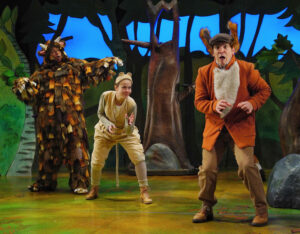
 View All
View All
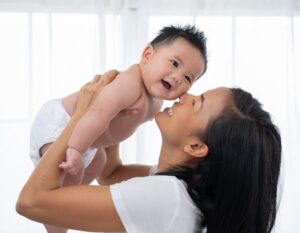



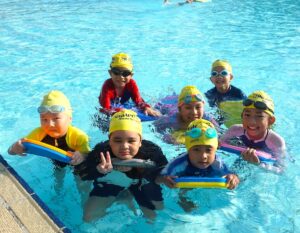
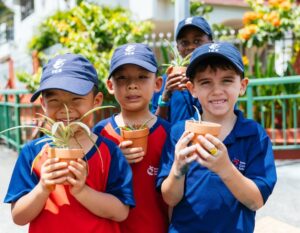



 View All
View All


